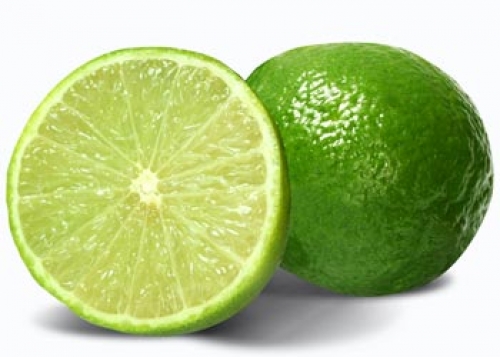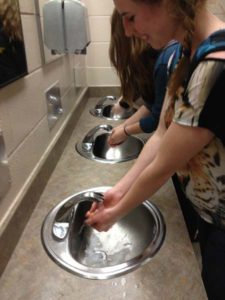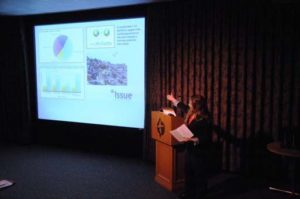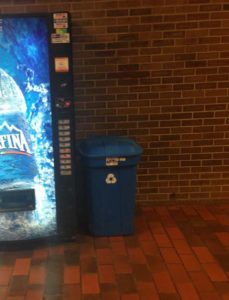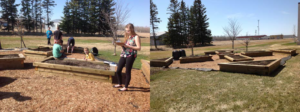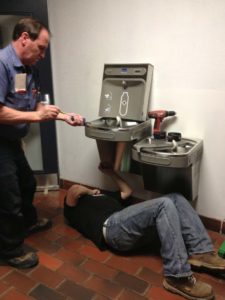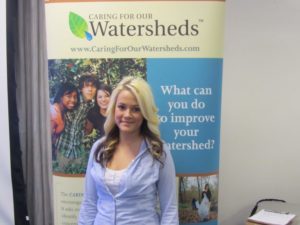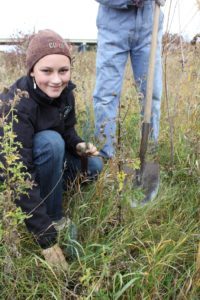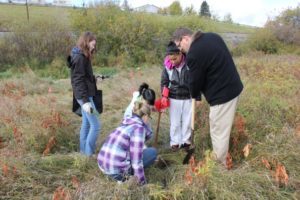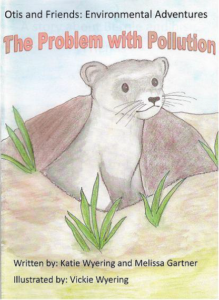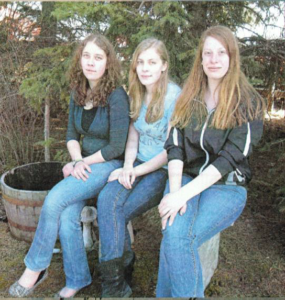2012 Brighton, Ontario, Canada
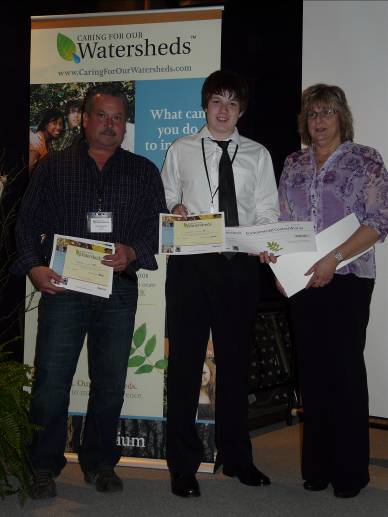
Kevin Peterson, Grade 8 student at Brighton Public School identified improper disposal of batteries as Battery waste poses a large problem in landfills since large amounts of batteries are disposed improperly. The main problem with batteries in landfills is the chemicals such as lead, cobalt, cadmium, lithium and potassium hydroxide that get leaked into drinking water then consumed by humans. This then causes a large amount of medical conditions.
Kevin noted that, although there are battery recycling programs in place, a lack of advertisement as well as lack of drop off boxes remains a problem. His proposal was to display posters where batteries are sold to inform customers about the battery recycling programs. In addition drop off boxes for batteries are needed in more local businesses and community centers not just big box stores to help expand these programs into smaller communities.
After the Caring for our Watersheds contest Kevin presented his idea to Brighton Municipal Council. They were so impressed that they not only gave Kevin permission to locate a battery drop off box and poster in the municipal building, they also agreed to fund the cost of all the boxes and posters.


